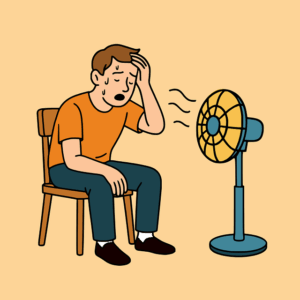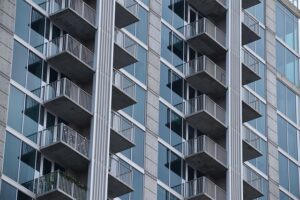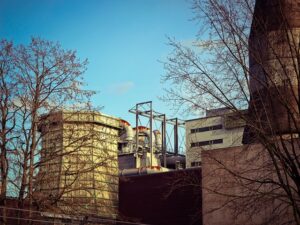Commercial destratification fans, engineered for high-volume air movement and efficient heat dissipation, revolutionize HVAC systems in offices, retail stores, data centers, and assembly halls. Integrating with building controls, these smart devices offer precise temperature regulation and significant energy cost savings by eliminating hot spots and promoting uniform air circulation. Future trends focus on dynamic control mechanisms for enhanced energy efficiency and improved comfort, with ceiling-installed destratification fans playing a crucial role.
“Revolutionize your building’s air quality and energy efficiency with smart commercial destratification fans. This article explores how these advanced fans, integrated with building controls, offer a game-changing solution for optimal indoor environments. We delve into the benefits of destratification technology, its role in enhancing comfort and saving energy, and the key features of cutting-edge smart fan systems. Additionally, we gaze into future trends in building automation, ensuring your facility stays ahead.”
- Understanding Commercial Destratification Fans
- The Role of Building Controls Integration
- Enhancing Energy Efficiency and Comfort
- Smart Fan Technology: Key Features
- Future Trends in Building Automation
Understanding Commercial Destratification Fans
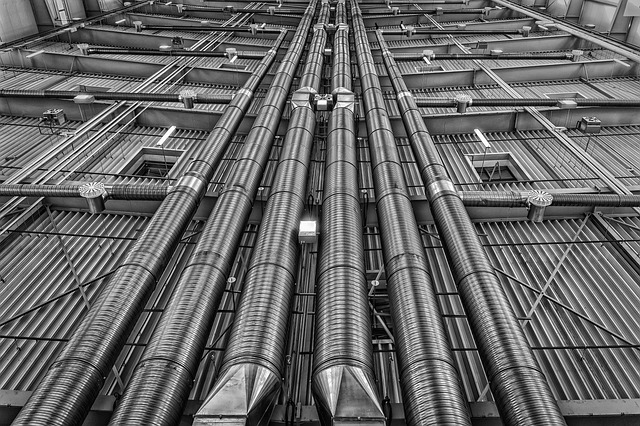
Commercial destratification fans are designed to improve air circulation and temperature control in large commercial buildings, office spaces, and retail stores. Unlike conventional ceiling fans, these fans are strategically engineered for high-volume air movement and efficient heat dissipation. They are particularly effective in challenging environments where maintaining temperature uniformity is crucial, such as data centers or large assembly halls.
By integrating with building controls, smart destratification fans offer enhanced energy efficiency and HVAC optimization. This integration allows for precise temperature regulation, ensuring optimal workplace comfort while reducing heating cost reduction significantly. Whether installed in ceiling installations or part of sophisticated air circulation systems, these fans play a vital role in creating comfortable and productive environments across various commercial settings.
The Role of Building Controls Integration
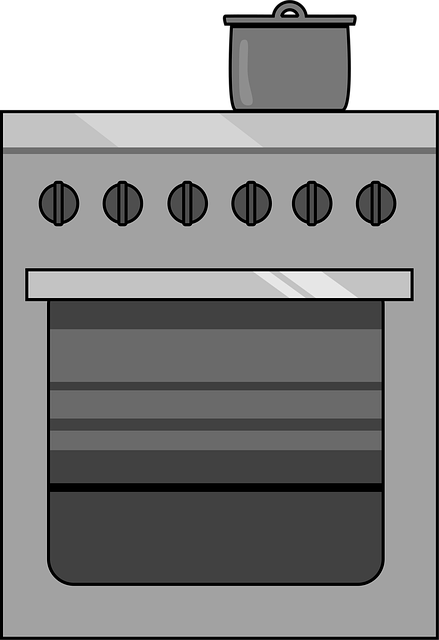
In modern commercial buildings, office spaces, and retail stores, seamless integration of building controls with smart destratification fans is revolutionizing indoor environments. This integration goes beyond mere functionality to offer a multitude of benefits, including enhanced energy efficiency and improved workplace comfort. By coordinating the operation of these fans with overall HVAC optimization, building management systems can ensure optimal temperature uniformity throughout spaces, thereby reducing heating cost significantly.
The strategic placement of commercial destratification fans, often installed as ceiling fixtures, plays a pivotal role in achieving efficient air circulation systems. This technology ensures that cool air reaches every corner of the room, eliminating hot spots and promoting a comfortable atmosphere. As a result, occupants enjoy improved productivity in office spaces and enhanced customer experiences in retail stores.
Enhancing Energy Efficiency and Comfort

Smart commercial destratification fans play a pivotal role in enhancing energy efficiency and comfort within various types of commercial spaces, from office buildings to retail stores. These advanced fans are designed to optimize HVAC (heating, ventilation, and air conditioning) systems by promoting efficient air circulation throughout the entire building. By strategically installing ceiling-mounted destratification fans, business owners can achieve improved temperature uniformity, ensuring every employee or customer enjoys a comfortable environment without compromising energy conservation.
In addition to enhancing comfort, these smart fans contribute significantly to reducing heating cost. Effective destratification helps eliminate cold spots and stagnant air zones in commercial buildings, allowing HVAC systems to operate more efficiently. This translates into lower energy consumption and substantial savings on utility bills. As such, integrating commercial destratification fans with building controls is a game-changer for maximizing both workplace comfort and energy efficiency.
Smart Fan Technology: Key Features
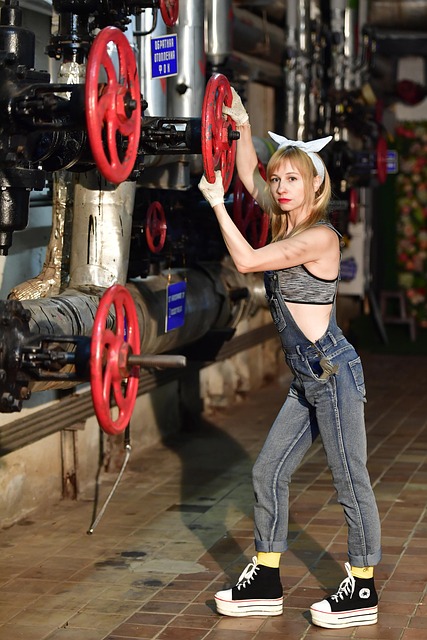
Smart Fan Technology is transforming commercial destratification fans into powerful tools for enhancing indoor environments. These cutting-edge devices offer a range of key features designed to revolutionize how we control air circulation in various settings, from offices spaces and retail stores to industrial buildings.
Integrating seamlessly with existing building controls, smart fans leverage advanced technologies such as sensors, connectivity, and intelligent algorithms. They can automatically adjust fan speeds based on real-time occupancy, temperature, and humidity levels, ensuring optimal temperature uniformity across the entire space. This not only enhances workplace comfort but also significantly contributes to energy efficiency and heating cost reduction in commercial buildings. Additionally, these fans can be remotely monitored and controlled via mobile apps, providing building managers with precise control over air circulation systems for maximum efficiency and convenience.
Future Trends in Building Automation
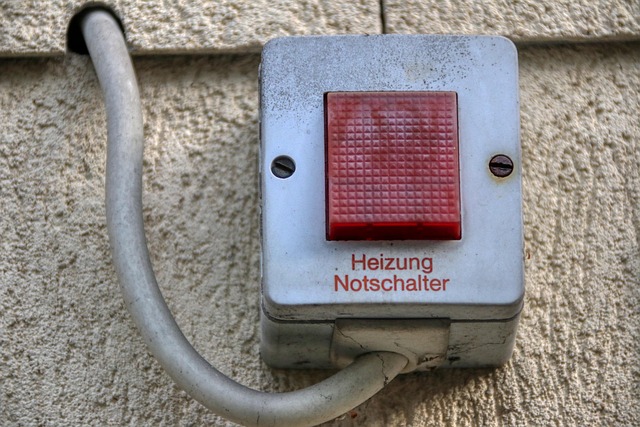
The future of building automation holds immense potential for enhancing energy efficiency and workplace comfort in commercial buildings, office spaces, and retail stores. As technology continues to advance, we can expect smarter, more integrated systems that seamlessly manage various aspects of a building’s environment. The integration of smart commercial destratification fans into building controls is a prime example of this evolution. These advanced fans not only improve air circulation systems but also contribute to HVAC optimization, ensuring temperature uniformity across spaces.
With the focus on reducing heating costs and overall energy consumption, future trends will likely see more dynamic and responsive control mechanisms. Ceiling-installed destratification fans can play a pivotal role in this, as they actively distribute fresh air and remove stale air, enhancing indoor air quality and creating comfortable environments. This technology promises to revolutionize how we manage our built spaces, making them not only more efficient but also healthier and more productive places for folks to work and gather.
Integrating smart commercial destratification fans with building control systems offers a promising path towards enhanced energy efficiency, improved indoor comfort, and reduced operational costs. By leveraging advanced technologies such as IoT connectivity and AI-driven controls, these fans can optimize air distribution, ensuring every part of a building is adequately ventilated. Looking ahead, the future of building automation holds even greater potential, with innovative solutions expected to create smarter, more sustainable environments that cater to the needs of occupants while minimizing environmental impact.
